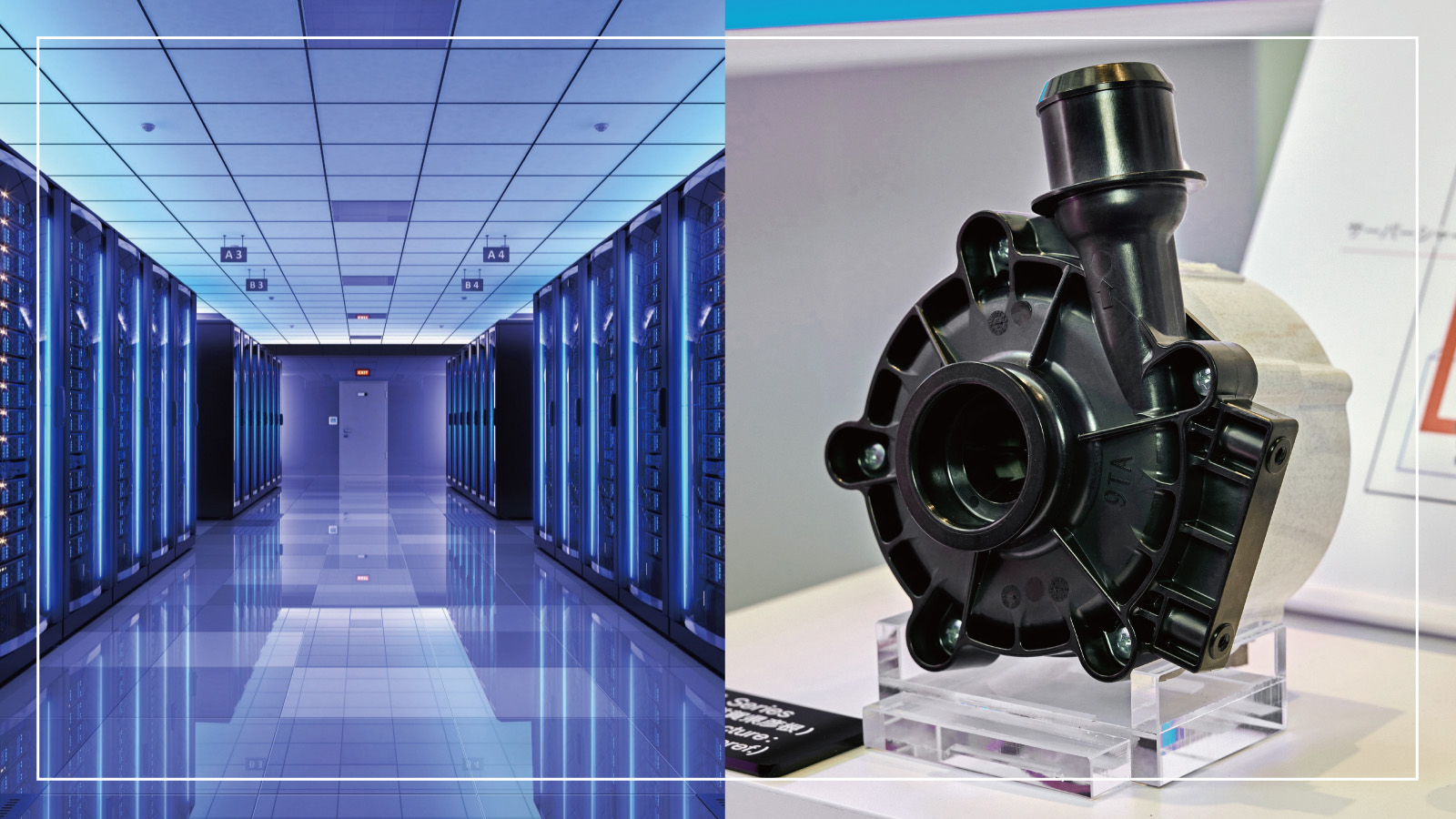
Nov 18, 2025
- Products & Solutions
- Stories
- Operating Company
Jun 09, 2022
Products & Solutions / Press Releases
20 years since development
Osaka, Japan - Panasonic Corporation today announced that global shipments of nanoe™*1devices in the fiscal year ending March 2022 surpassed 10 million*2.
The history of nanoe™ has its origins in the research and development of air purification for living environments initiated by Matsushita Electric Works, Ltd. in 1997. In 2001, focusing on water's ability to dissolve odor components, the development of nanoe™ generation technology began with the aim of applying it to air purification. In 2003, Panasonic succeeded in developing a nanoe™ device that can generate nano-sized particulate ions containing hydroxyl radicals [OH radicals] (highly reactive components) that can easily act on various substances by applying a high voltage to water, and consequently launched Air Refresh, an air purifier equipped with nanoe™.
The research and development of nanoe™ generation technology continued, and in 2005, the technology evolved from its original water-filled type to the Peltier type that utilizes moisture in the air. Owing to its simplicity of use due to its compact size and reduced need for maintenance, its applications expanded to white goods such as room air conditioners and refrigerators for household use, as well as housing equipment. Since 2007, it has also been applied to automobiles.
Panasonic focused on the discharge area where hydroxyl radicals are generated, and improved the shape of the counter electrode. In 2016, Panasonic succeeded in developing the nanoe™ X device, which achieved approximately 10 times*3 the amount of hydroxyl radicals compared to nanoe™ devices, by establishing a multi-leader discharge technology that uses a 4 needle-shaped counter electrode plate to perform concentrated discharge, instead of the conventional corona discharge which is a point discharge. In 2019, Panasonic achieved the generation of about 20 times*4 the amount of hydroxyl radicals compared to nanoe™ devices.
Improvements to the shape of the counter electrode continued, further evolving into a round-leader discharge that discharges in a circumferential manner to expand the area in which the hydroxyl radicals are generated. This significant expansion led to the successful development and mass production of a new nanoe™ X device in 2021 that achieved approximately 100 times*5 the amount of hydroxyl radicals compared to nanoe™ devices.
Currently, nanoe™ and nanoe™ X devices are used not only in Panasonic products such as consumer electronics and air conditioners, but also in facilities and public spaces around the world, including domestic railroads (11 companies), automobiles (98 car models from 8 companies), schools, hospitals, hotels, offices, and commercial facilities domestically and internationally, with its application continuing to expand*6.
Panasonic will continue to pursue and advance the possibilities of nanoe™ technology to provide clean and comfortable environments in various aspects of people's lives and society, such as in the fields of consumer electronics, automotive, and housing-related sectors.

A global leader in developing innovative technologies and solutions for wide-ranging applications in the consumer electronics, housing, automotive, industry, communications, and energy sectors worldwide, the Panasonic Group switched to an operating company system on April 1, 2022 with Panasonic Holdings Corporation serving as a holding company and eight companies positioned under its umbrella. Founded in 1918, the Group is committed to enhancing the well-being of people and society and conducts its businesses based on founding principles applied to generate new value and offer sustainable solutions for today's world. The Group reported consolidated net sales of 7,388.8 billion yen for the year ended March 31, 2022. Devoted to improving the well-being of people, the Panasonic Group is united in providing superior products and services to help you Live Your Best. To learn more about the Panasonic Group, please visit:https://holdings.panasonic/global/
The content in this website is accurate at the time of publication but may be subject to change without notice.
Please note therefore that these documents may not always contain the most up-to-date information.
Please note that German, Spanish and Chinese versions are machine translations, so the quality and accuracy may vary.